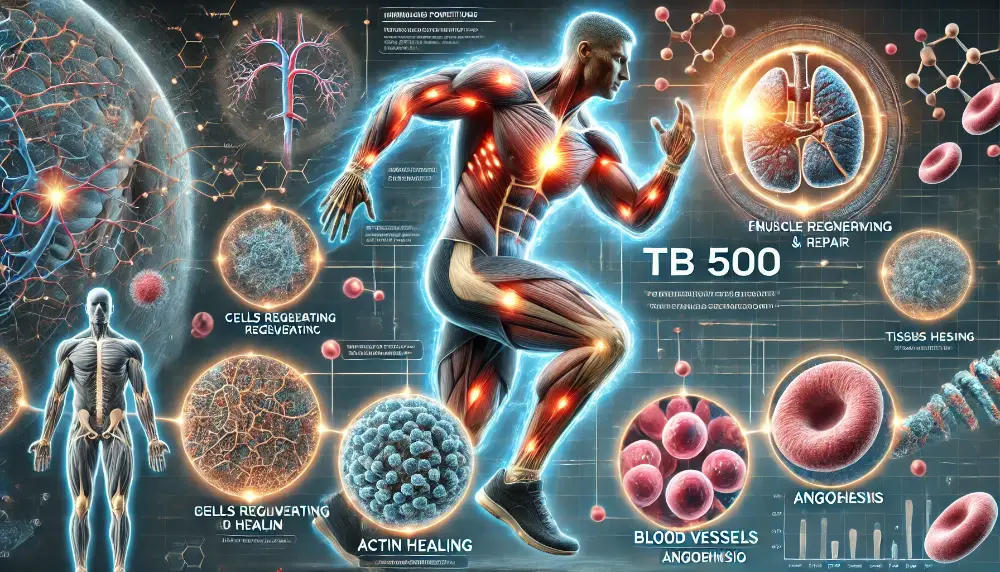Welcome to the Dermatologists’ Guide to the Management of Warts. This health issue, as minor as it might seem, can cause discomfort and distress. Like a stubborn patch of weeds in the midst of a pristine garden or a liposuction homestead, warts can appear unexpectedly and be difficult to manage. Yet, there are simple, effective strategies to tackle them. We’ll dive into these strategies, driven by expert insights and grounded in science, to provide you a roadmap for managing warts. Let’s get started.
Understanding Warts
Warts are skin growths caused by the human papillomavirus (HPV). There are over 100 types of HPV, but only a few cause warts on your hands or feet. They can spread through direct contact and can take weeks or even months to show on your skin.

Treatment Options
The good news is, most warts resolve on their own. But in some cases, they might require treatment. Depending on the type of wart and its location, your dermatologist might suggest one of the following treatments:
- Salicylic acid
- Cryotherapy
- Minor surgery
Before settling on a treatment, it’s important to weigh the pros and cons. Here is a comparison table:
| TREATMENT | PROS | CONS |
|---|---|---|
| Salicylic acid | Non-invasive, over-the-counter | Takes time, multiple applications required |
| Cryotherapy | Quick, often effective | Can be painful, might require multiple sessions |
| Minor surgery | Immediate results | Invasive, potential for scarring |
Preventing Warts
Prevention is always better than cure. Keep your hands clean and avoid direct contact with warts, either from another person or from an object that has touched a wart.
Remember, warts might be stubborn, but so are we. Armed with the right knowledge and guidance, we can manage these unwanted guests effectively.




